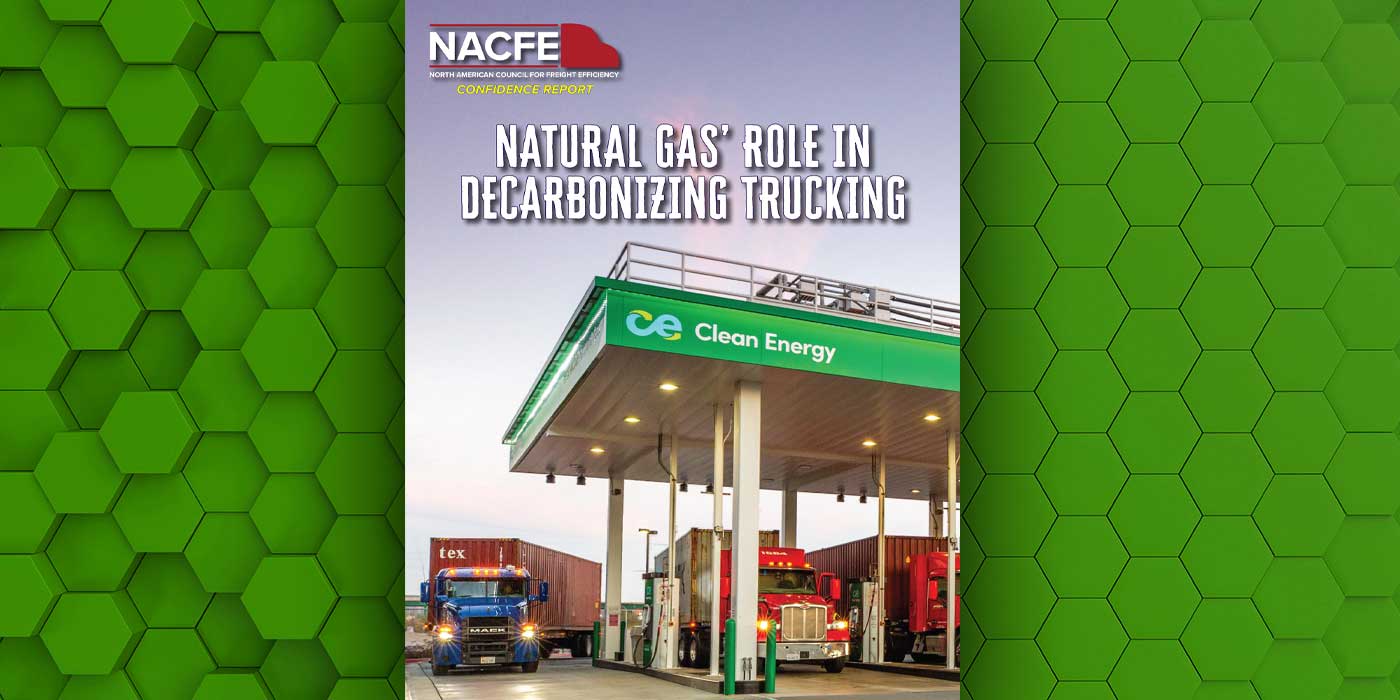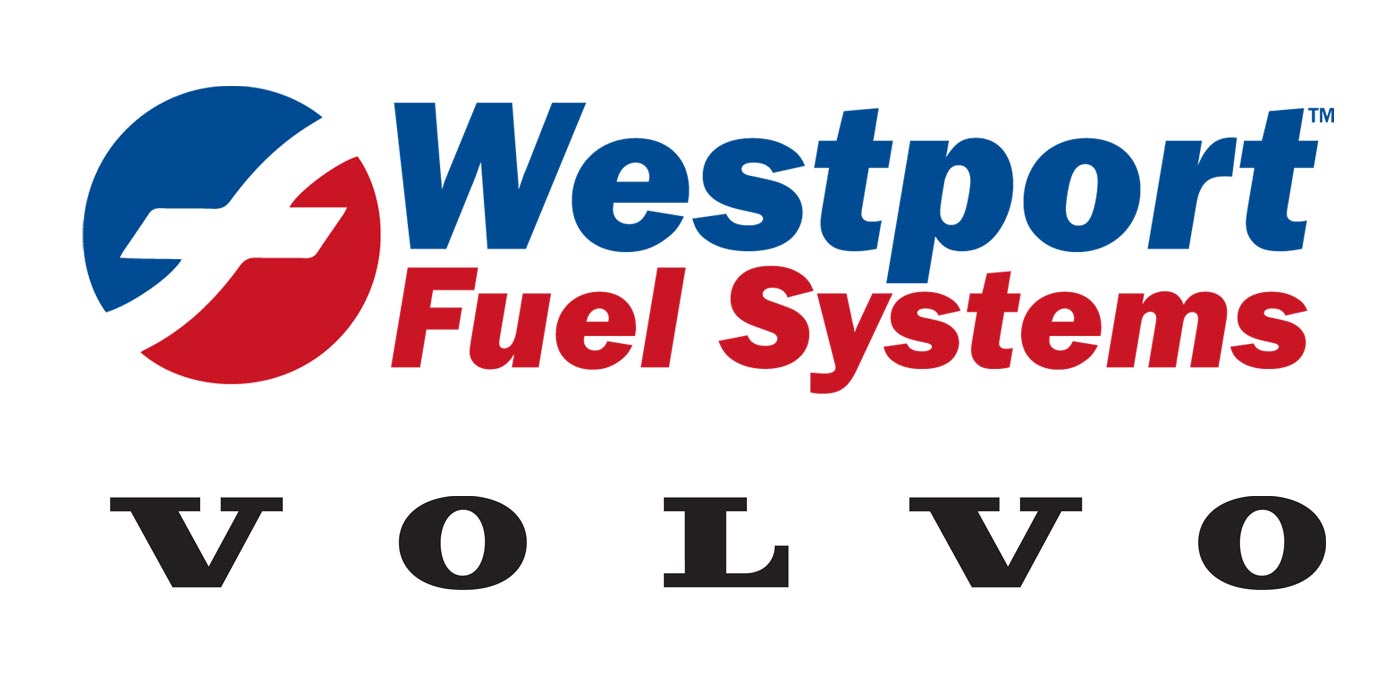Fleets are becoming increasingly open to evaluating natural gas as an alternative to gasoline and diesel fuel. For an energy source that is so familiar to most of us (for heating, cooking, or industrial processes), there is considerable confusion around natural gas (NG) as a viable fuel for trucks and other fleet vehicles. The purpose of this article is to clear up the confusion.
Natural gas is abundant and accessible. NG is generally produced from stand-alone gas wells and as an associated product from oil wells. NG is also produced from landfills and from municipal water/sewer and dairy farming wastes. NG from landfills and wastes is considered a renewable and sustainable energy source.
The infrastructure to extract, process, and distribute NG already exists. North America is the world’s largest producer of natural gas; together, the U.S. and Canada turn out more than half the world’s supply.
Once extracted, NG is processed to remove water and impurities and routed through an established network of pipelines of various types and sizes to NG utilities. These utilities then distribute the NG to homes, businesses, and to fueling stations for trucks and other types of vehicles.
To be widely viable as a transportation fuel, NG requires compression, special engines, and high-pressure storage tanks.
Compression costs, engine technology, and on-vehicle fuel storage have historically limited the adoption of NG to larger fleets. Today’s technology is advancing rapidly to provide NG options to small-to-medium-sized fleets.
Compression
NG at pipeline pressures does not have the energy density of gasoline or diesel. To be suitable for trucks and other fleets NG must be compressed to around 3,600 pounds per square inch. Once compressed, NG is called CNG (compressed natural gas).
Natural gas compressors have historically been so large and expensive that it took large fleets to justify the investment. Today, there are new technologies that weren’t available five years ago. At Simple-Fill, for example, we are performing pre-production trials of a liquid piston compressor to serve small- to medium-size fleets at an affordable price.
Trucking technology
Trucking industry leaders have invested significantly in engine and vehicle innovation to support CNG.
Because it is a gaseous fuel, CNG requires either a modified gasoline engine, or an engine specifically designed for CNG. Additionally, high pressure CNG storage tanks must be installed on any vehicle that is going to run on CNG.
More than 50 manufacturers produce more than 100 models of light, medium, and heavy-duty CNG trucks and engines throughout the world. Engine manufacturers and integrators such as Worthington Industries, Cummins Westport, and Landi Renzo provide CNG solutions in the U.S. OEMs such as Volvo, Mercedes, BMW, Volkswagen, and Fiat provide CNG vehicles in Europe.
The bottom line
Companies in virtually every segment of the transportation industry, from truck and engine manufacturers to fleet operators, are evaluating the bottom-line impact of CNG. AT&T, Frito Lay, and Waste Management fuel trucking fleets with CNG. Transit examples include LA Metro buses and the Dallas/Fort Worth International Airport shuttle busses.
CNG is a green alternative to conventional fuels; however, the real driver of acceptance is cost reduction.
In the U.S., relatively low diesel prices have dampened the consideration of CNG—although experience tells us that oil prices will not always be this low. Across the rest of the world, the high price of gasoline and diesel is driving wider CNG adoption.
U.S. trucking companies will be well served to not to limit the justification of CNG to a comparison of fuel prices. A robust financial analysis will consider all the variables that drive potential savings from CNG in today’s operating environment, including, but not limited to, distance traveled, number of trucks, and the efficiency of the fleet vehicles (typically miles per gallon). Costs impacted by adopting CNG would include fuel, maintenance, operating processes, and equipment, including environmental and pollution control equipment required with diesel and not with CNG.
Every analysis should assign some value to the increased sustainability of CNG. CNG burns in a more clean fashion than gasoline or diesel do, offering a 25% and 21% reduction in tailpipe CO2 emissions, respectively. Coupled with Cummins Westport’s heavy-duty engines, for example, nitrous oxide emissions (a precursor to smog) are as much as 90% below EPA requirements. Like it or not, we are dumping tons of carbon into the environment. To think that in some way, shape or form that greenhouse emissions are not having a negative impact is naïve.
When it comes to cost-effective and sustainable fuel alternatives for the trucking industry, there is no silver bullet and no one-size-fits-all. As technology advances, CNG is becoming a more viable, sustainable and cost-effective option for truck fleets of all types and sizes. CNG is worth considering now.
This article was contributed By Rob Underhill, founder and president of Simple-Fill, a provider of technology that compresses natural gas.













